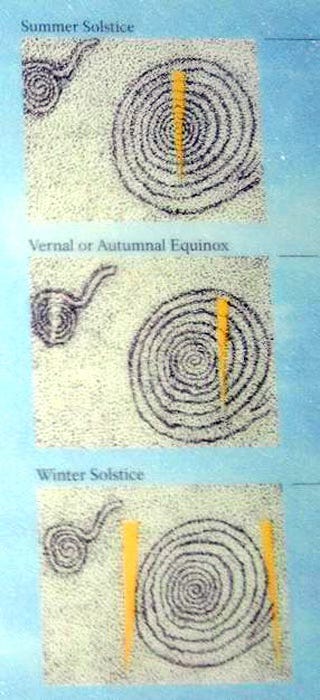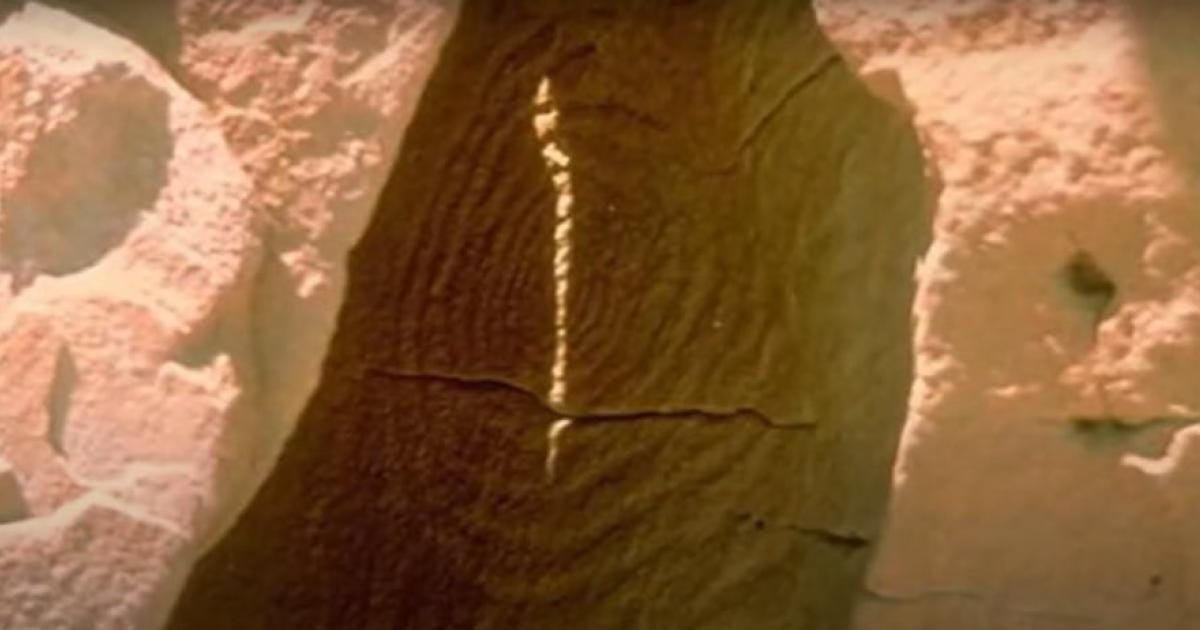If you look closely enough, you see a spiral depicted almost everywhere.
From the double helix of the DNA, to whirlpools, snails, and galaxies, and to your fingerprints- the spiral appears. There has to be something more behind this pattern, something more profound.
Ancient cultures such as the Celtic and Native American ones saw great importance in the spiral, and even viewed it as highly sacred.
The Spiral in Celtic Culture
One of the oldest and most sacred symbols in human history is etched into stone deep within the Irish countryside.
At Newgrange, a Neolithic passage tomb dating back to circa 3200 BC—older than the Egyptian pyramids and Stonehenge—the Celtic Triskele or triple spiral is presented.
This ancient spiral motif, carved with stunning precision into stone, is not just an artistic flourish—it is a portal into how early Celtic and pre-Celtic people viewed the cosmos, the divine, and the self.
The Celtic Triskele was a symbol that had various meanings for the early Pagans. One of them was linked to the sun, triadic Gods, and the three domains of land, sea, and sky. As we mentioned above, the Triple Spiral was also believed to represent the cycles of life, as well as the Triple Goddess -the maiden, mother, and wise woman.
Examples of Triadic Gods and concepts would be:
The Triple Goddess (Paganism)
The Holy Trinity (Christianity)
Goddess Hekate (Greek Mythology)
The Roman Capitoline Triad (Jupiter, Juno, Minerva)
Mother, Father, Child
Birth, Life, Death
Past, Present, Future
Newgrange itself was built in alignment with the winter solstice sunrise. Each year, the sun pierces the passage and illuminates the inner chamber—a powerful union of light and stone that speaks to the ancients’ profound connection with nature and time.
The Spiral in Native American Culture
Near Chaco Canyon, the homeland of the Puebloans, on Fajada Butte, the ‘Sun Dagger’ can be seen (picture above). These native people used spirals behind three stone slabs to capture the movement of the sun, mainly the summer and winter solstice.
It is also speculated that this spiral was used to track the 18.6-year lunar cycle, pinpointing the importance of astronomy and astrology in the pueblan culture.
Unfortunately, the site is closed and the Sun Dagger is no longer in action due to erosion.

As described in my last post, the Navajo people believe that our spirit enters the physical body through the top of the head through a spiral, and also leaves it in that fashion.
It’s also believed that the spiral represents the way of life. Before we enter this physical form, we’re closest to God, marking the innermost point of the spiral. Then, as life evolves, the spiral continues to spiral itself into a wider array of experiences.
The Tohono O’odham (people of the desert) weave the spiral into their basketry to present the cycle of life, making I'itoi the centre of it (the creator of life who lives in a cave below the peak of the sacred Baboquivari Mountain).
The Maze that is created in the spiral is supposed to represent the experiences and choices in life.
To summarise, the spiral is a sacred and ancient symbol reflecting the way of life, creation, motion, and the power of The Three.
It has been used by the Celts and Native American people, and many more (coming in further posts).
If you’re drawn to symbols, mythology, and the mysteries woven into our ancestors’ stories, stay tuned— you’re just right here.
What do you think about the spiral, and where have you seen it the most?
Sources:
https://www.myirishjeweler.com/uk/blog/the-triskele-an-ancient-and-enduring-symbol/?srsltid=AfmBOop_xJ0SLOqVDHblMrhahyOdhrO7AhY6rKhoa5GOugDoYTHNorN2
https://www.blarney.com/triskele-_-triple-spiral-_-tri/?srsltid=AfmBOorXce8gr4Yg9pyI2i9b5vcGiTvnwsB4gWkPL7SO-vtv9Xv_cYgP
https://www.ancient-origins.net/history-ancient-traditions/sun-dagger-0016806
https://annex.exploratorium.edu/chaco/HTML/fajada.html
https://en.wikipedia.org/wiki/I%27itoi







Yep, as you say, very common in nature, and a very natural shape. Spirals are just circles with a changing radius.